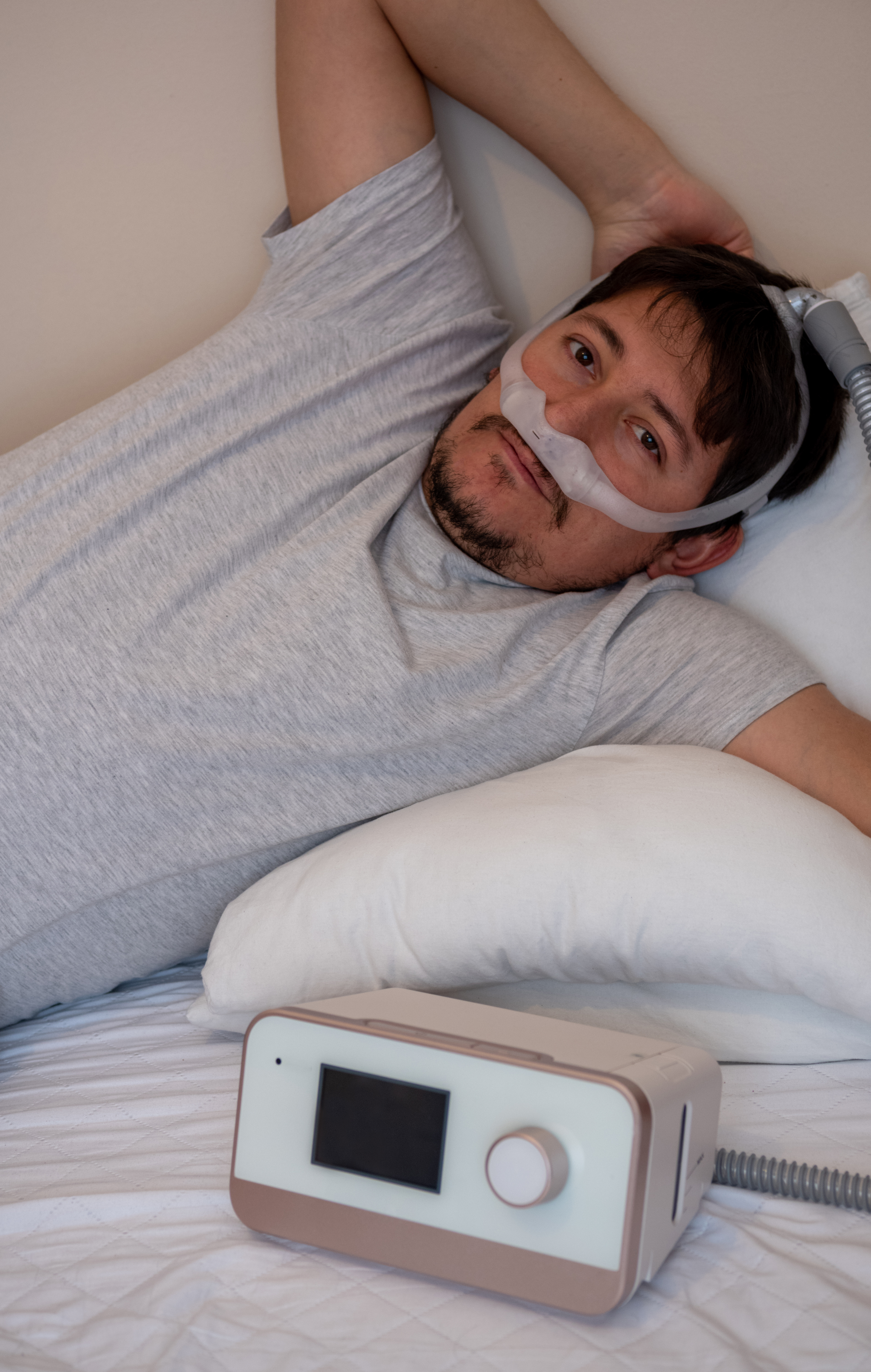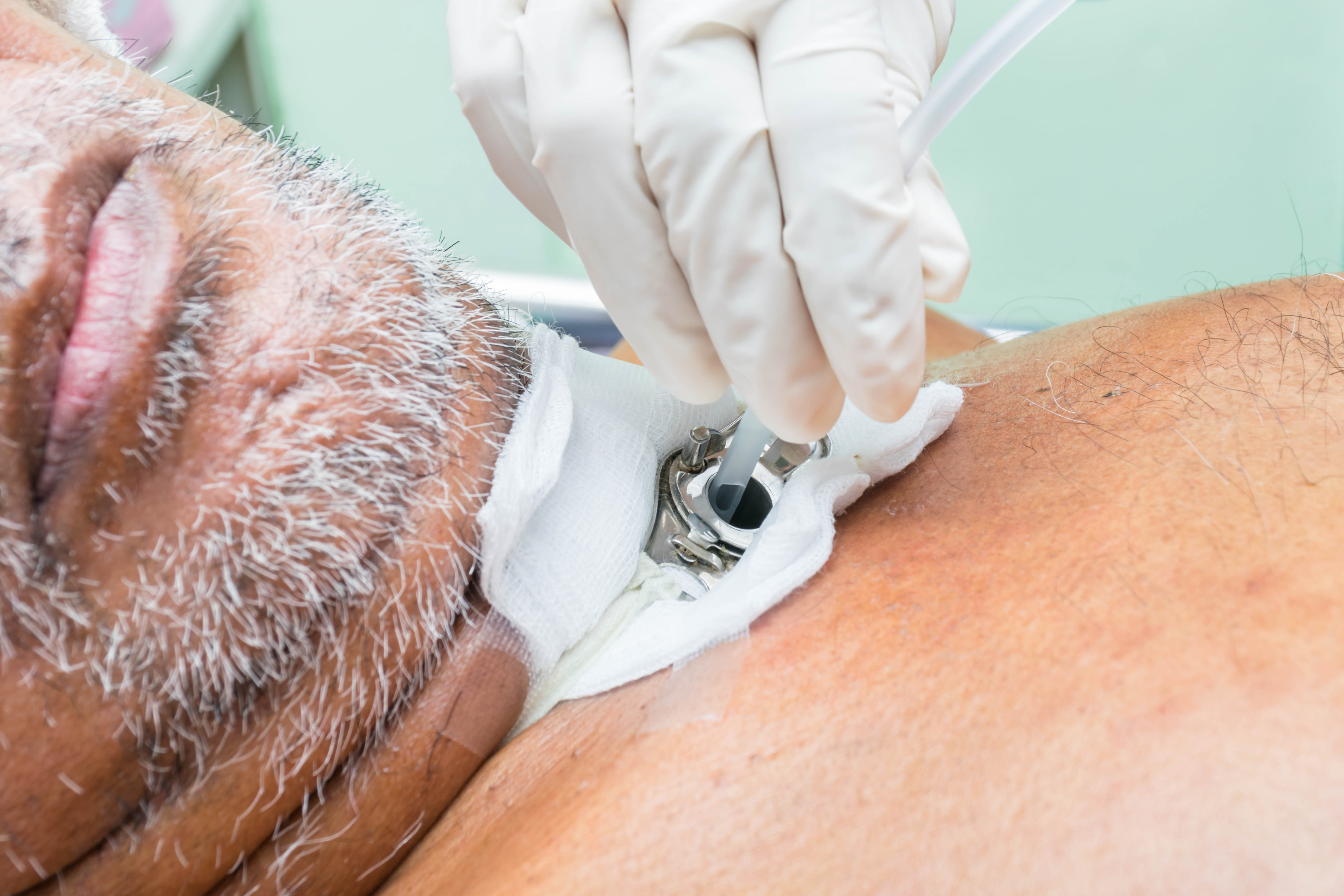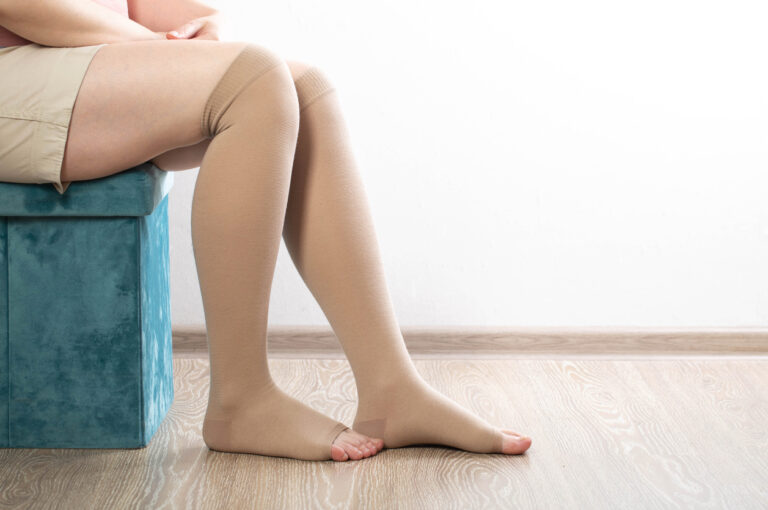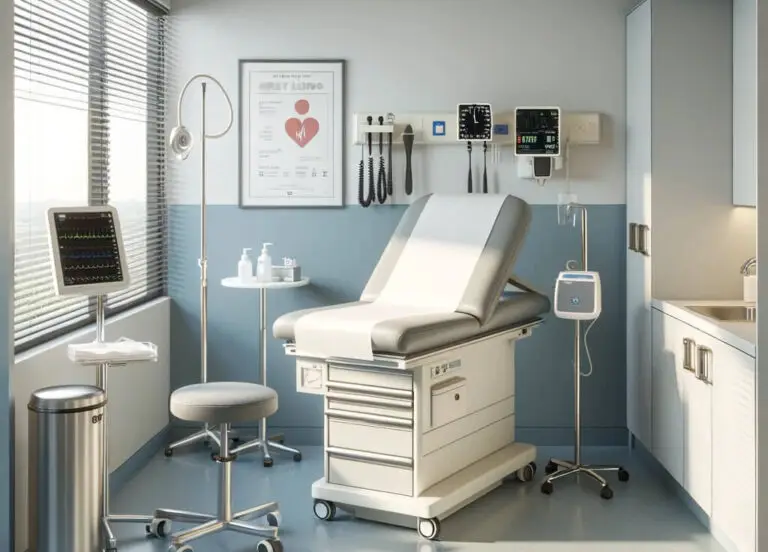
Can’t sleep.
Feeling exhausted.
Never.
Enough.
Coffee.
You wake from your sleep for the third time and you still have a few more hours before it’s time to roll out of bed for the day.
Are you checking the doors?
The gun safe?
Nightmares?
Flashbacks?
Up for work. Coffee in hand. You march on to start the day.
And day after day you fight the fatigue.
The days are long but the years fly by. And now you’ve put off the “why” for years.
WHY are you having troubles sleeping?
WHY are you always tired?
Is it your post traumatic stress disorder (PTSD) causing your chronic sleep troubles or are you now also suffering from sleep apnea?
You’ve probably heard about sleep apnea a lot lately because it seems like everyone has it.
You’ve also heard that you can get a 50% disability rating if you get service connected for it.
Game. On.
But before you make your first move, let’s get a better understanding of what sleep apnea is and why it seems to be spreading like the plague.

Before You Start
Sleep apnea, generally, is a disease where your brain and breathing structures are not working together adequately to breathe and maintain oxygen during sleep. Currently, sleep apnea is categorized into three types: obstructive, central, and mixed. Like many other diseases, the exact mechanism of the disease development is not known but many diseases are thought to cause sleep apnea and to aggravate sleep apnea, including PTSD.
Other diseases associated with sleep apnea or are known to cause and aggravate sleep apnea include congestive heart failure, pulmonary hypertension, type 2 diabetes, chronic lung disease, strokes, thyroid disease, Parkinson’s disease, structural deformities of the upper or lower airway, and many more.1
The symptoms of sleep apnea are often put off by people as “I just didn’t sleep well” but overtime it becomes “I don’t sleep well.”
Some symptoms may include:
-
-
- daytime sleepiness
- fatigue
- poor concentration
- morning headaches
- insomnia
- snoring
- gasping during sleep
- choking during sleep
- snorting during sleep
- stopping breathing while sleeping
- depression 1,2
-
Often, the spouse or a family member will tell the veteran that they stop breathing during sleep or complain and laugh at their snoring, gasping, choking, or snorting.
Does this sound like you?
To find out if you have sleep apnea, you need to have a sleep study.
A sleep study will tell your doctor how well your body is keeping up with breathing and maintaining oxygen during sleep. If the sleep apnea results are 5 or more, you have sleep apnea. (The Apnea-Hypoapnea Index, or AHI, is greater than or equal to five).
There are at home sleep studies and sleep studies performed in the lab. The sleep studies performed in the lab are more comprehensive and provide your doctor with more details about your sleep cycle and brain waves.
We’ve seen the disability raters at the VA be “picky” about the at home sleep studies. But if your doctor prescribes treatment for a sleep disorder, the disability raters need to get over it.
Treatment for the disease will depend on the type and severity of sleep apnea.
Treatment may include:
-
-
- an oral appliance, such as a mandibular advancement device
- respiratory appliances for positive airway pressure therapy (pictured below)
- Surgery to remove tissue in the upper airway also known as a “UP3”
- Surgery to remove tonsils and adenoids
- Hypoglossal nerve stimulation 2 (rarely performed)
-

Another important treatment goal is to obtain optimal control of the contributing disease.
However, one study showed that even after obtaining control of thyroid function in those with sleep apnea, sleep apnea was still present. 3
There are currently no medications proven to treat the disease of sleep apnea.
Medications can be prescribed to treat the symptoms of sleep apnea and to assist with sleep hygiene.
So why does it seem to be spreading like the plague?
We believe it’s more about increased awareness and testing than something contagious.
Let’s go back in time.
Stopping breathing, or apnea, during sleep was first discovered in 1965 while observing patients with “obesity hypoventilation” syndrome. 4
A medical text from 1979 discussed “obesity hypoventilation” syndrome as:
“Weight of chest wall and obstructing fat may mechanically impede thoracic (chest wall) movements. Upper airway (sinuses and throat) may also obstruct intermittently.”5
In 1979 there were many theories as to what caused obesity hypoventilation syndrome including muscle disease, lung disease, and brain disease.

At that time, if a patient’s obesity hypoventilation syndrome was severe enough to cause lung failure, the treatment was a tracheostomy. 5
Then in 1980, an alternate treatment was discovered.
After a patient with severe apnea during sleep refused surgical placement of a tracheostomy, he was trialed on continuous positive airway pressure, or CPAP, through a nasal device. Once the right amount of pressure was provided to the patient through the nasal device his apnea stopped. The patient was monitored through the night while using the nasal device and he was able to sleep for 7 hours without apnea. 6
However, the successful discovery didn’t go “viral.”
Almost 20 years after its discovery, in 1984, “Sleep Apnea” was given a diagnostic code for doctors and hospitals to use.7
In 1985, just over 100 patients were being treated for sleep apnea with a CPAP machine. 6
And in 1996, the VA published a proposed rule to allow for public notice and comment regarding sleep apnea before publishing the final rule in The Code of Federal Regulations. No public comments were made regarding the proposed sleep apnea criteria that was decided by the VA Central Office.
From the outside, we may never understand how the VA Central Office established the criteria for sleep apnea.
Interestingly, when it comes to fatigue and decreased cognition following sleep deprivation, tractor trailer drivers have been aware of “driver fatigue” for years. Even before the Motor Carrier Act of 1935 which allowed limitations of a truck drivers hours. Seeing that the symptoms of “driver fatigue” closely paralleled with symptoms of sleep apnea, a study was sponsored partly by the Federal Motor Carrier Safety Administration, or FMCSA, in 2002 to identify how many truck drivers had sleep apnea.
The study found that 28% of 1,391 truck drivers living within a 50 mile radius of the University of Pennsylvania had sleep apnea. 8
A medical expert panel was formed following the study and made recommendations to the FMCSA in 2008 regarding sleep apnea. And when the standard medical exam form for all truck drivers was released in 2016, questions about sleep habits were asked to every driver.
Every tractor trailer driver, referred to as a “truck driver” in this article, has to pass a medical exam to obtain a certificate to drive. If the truck driver has enough risk factors for sleep apnea then the medical examiner may give the truck driver a 3 month certificate and require a sleep study before the driver can obtain the standard certification period of a 1 or 2 year certificate. The truck driver then has to return with the sleep study results and proof of treatment if the study was positive for sleep apnea in order to get the longer certificate. If the driver has sleep apnea but is not compliant with their CPAP machine, the medical examiner can fail the truck driver.
The back and forth process can be worrisome for the driver due to concerns of not obtaining their certificate and losing their livelihood. With the increased awareness and testing for sleep apnea there can be a delay in obtaining testing and a truck driver may not get the sleep study done in time or they may not get their CPAP in time. Some medical companies even started to target tractor trailer drivers to get an easy and quick sleep study so that their certification, and their livelihood, wasn’t affected.

The 2002 study brought more awareness about sleep apnea to medical professionals and, in turn, brought awareness to veterans. This is because more than 8 million military veterans are truck drivers.9
When one veteran truck driver gets service connected for sleep apnea at 50% the buzz throughout the truck stop turns to VA disability compensation.
Rules of the Game
In order to win a service connection a nexus, or relationship, between PTSD and sleep apnea must exist.
When Bethanie, a former Compensation & Pension examiner and veteran advocate, was fresh out of the misery within the Chillicothe VAMC she believed there wasn’t a connection between PTSD and sleep apnea.
However, that changed in the fall of 2017 when she attended a conference in San Antonio for veteran advocacy.
“During the conference a doctor working as a medical adviser for the BVA ended his Q&A session stating that there IS evidence to show a relationship between PTSD and sleep apnea. I couldn’t believe it. A doctor says this In front of 250+ attorneys. So, I started digging into the medical literature,” says Bethanie.
“I looked at research studies, considered effects of brain waves, respiratory function, blue lights, the statistics, and the risk factors. I also looked at the laws more intently and discussed them with several attorneys. And there IS a relationship, or nexus, in several avenues that PTSD causes or aggravates sleep apnea. As well as many other diseases.”
Bethanie feels that this article is best for understanding how the symptoms of PTSD may cause sleep apnea for laypeople.
Now when it comes to winning a claim for sleep apnea with the VA it’s easy!
…in an ideal world.
But if your experienced enough with how the VA Regional Office functions, it can be very difficult. It’s more difficult if you depend on the VA’s compensation and pension doctor.
Your First Move
Before you even apply for sleep apnea direct to service or secondary to another service connected condition such as PTSD: get a sleep study. If you are having troubles sleeping, experiencing fatigue, or have any of the above symptoms for sleep apnea, ask your doctor about a referral to the sleep clinic for a study.
Next, to solidify the service connection the nexus must be shown in each individual veteran and not simply summarized by a few research articles.
In order to know if your sleep apnea is caused by something related to military service, get a Basic Record Review from Valor 4 Vet. The only way to know if there is a nexus between your PTSD and your sleep apnea is to let one of our medical experts review your records.
Do this before you’re in the game and the VA’s compensation and pension doctor says there isn’t a nexus — then you are at a disadvantage.
The records needed by our medical expert include your sleep study results, mental health treatment records, your medications, your list of diagnoses, and the most recent rating percentages for any service connections.
Then, after the medical expert has reviewed your documents and identified a relationship between your military service and your sleep apnea, you will order the nexus letter.
To assure the odds are in your favor, you get to approve your nexus letter before it is signed by the medical expert and ready for the VA disability raters.
From there, fill out the online sleep apnea DBQ to finish the requirements for a fully developed claim.
Lastly, as you confidently corner the VA with your final move, submit both the nexus letter and your DBQ to the VA as a fully developed claim.

Checkmate
Our nexus letter is a checkmate. And the best move you can make is hiring Valor 4 Vet. This is because if a nexus is found by one of our medical experts, we will be there to support your claim until you win.
Don’t wait another day in the years of asking “why?”
Find out if you have sleep apnea and then let our medical experts find the nexus.
Register today to get started or Call us with questions 888-448-1011
Updated March 18, 2020
References:
1. Lewis Kline, MD. Clinical presentation and diagnosis of obstructive sleep apnea in adults. UpToDate. Updated August 9, 2019. Accessed January 23, 2020 online.
2. Meir H Kryger, MD, FRCPC, Atul Malhotra,MD. Management of obstructive sleep apnea in adults. UpToDate. Updated November 21, 2019. Accessed January 23, 2020 online.
3. Mickelson SA, Lian T, Rosenthal L. Ear Nose Throat Journal. 1999. Oct;78(10):768-71, 774-5.
4. Richard Jung, Wolfgang Kuhlo. Progress in Brain Research. Neuropsysiological Studies of Abnormal Night Sleep and the Pickwickian Syndrome. Volume 18, 1965, Pages 140-159.
5. Frank H Netter, MD. The CIBA Collection of Medical Illustrations. Volume 7. Respiratory System. CIBA Pharmaceutical Company. 1979.
6. Past, Present and Future of CPAP. SleepFoundation.org accessed February 2, 2020 at https://www.sleepfoundation.org/articles/past-present-and-future-cpap
7. Coding Clinic for ICD-9-CM: A Bimonthly Publication of the American Hospital Association, Volumes 1-5. American Hospital Association. American Hospital Associations, 1984.
8. A Study of Prevalence of Sleep Apnea Among Commercial Truck Drivers. Federal Motor Carrier Safety Administration. Published July 2002. Accessed February 4, 2020 at https://truckingworkerscomp.com/wp-content/uploads/2012/10/Prevalence-of-Sleep-Apnea-Among-Commercial-Truck-Drivers.pdf
9. Share photo of your time in the military. Published November 6, 2018. Accessed January 31, 2020 at https://www.truckersnews.com/share-photo-of-your-time-in-the-military/







